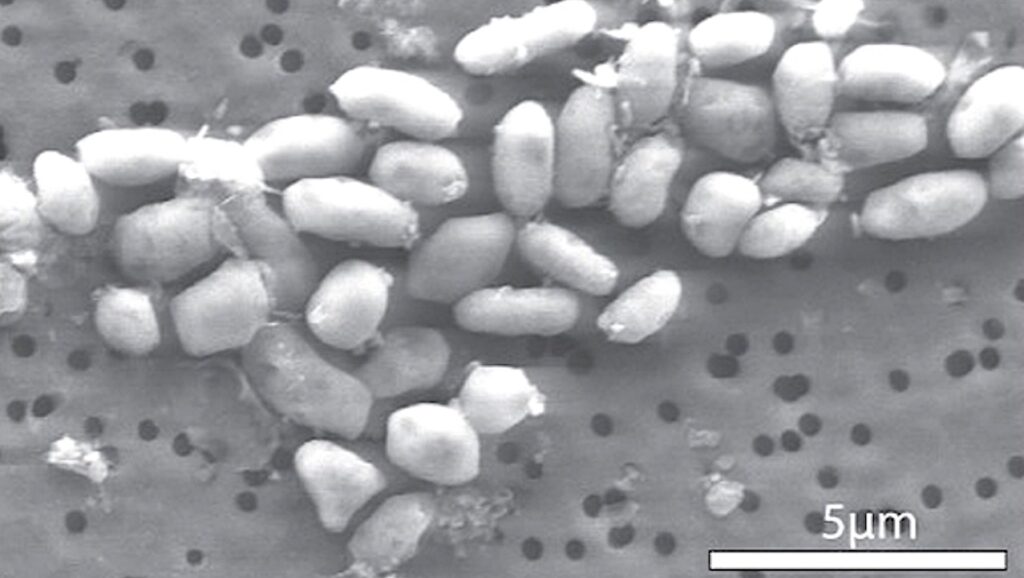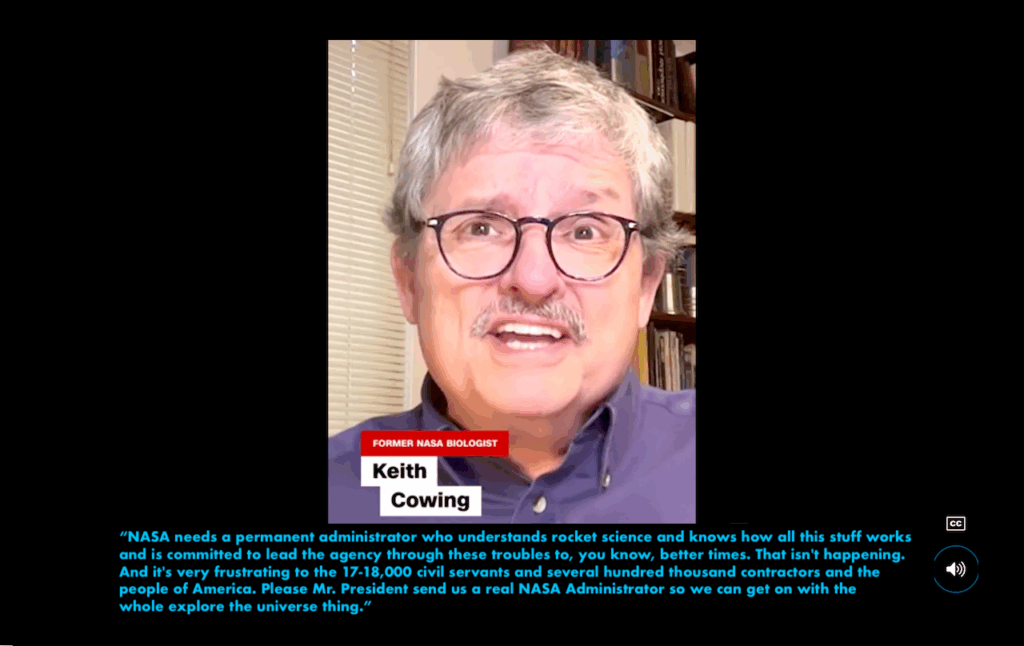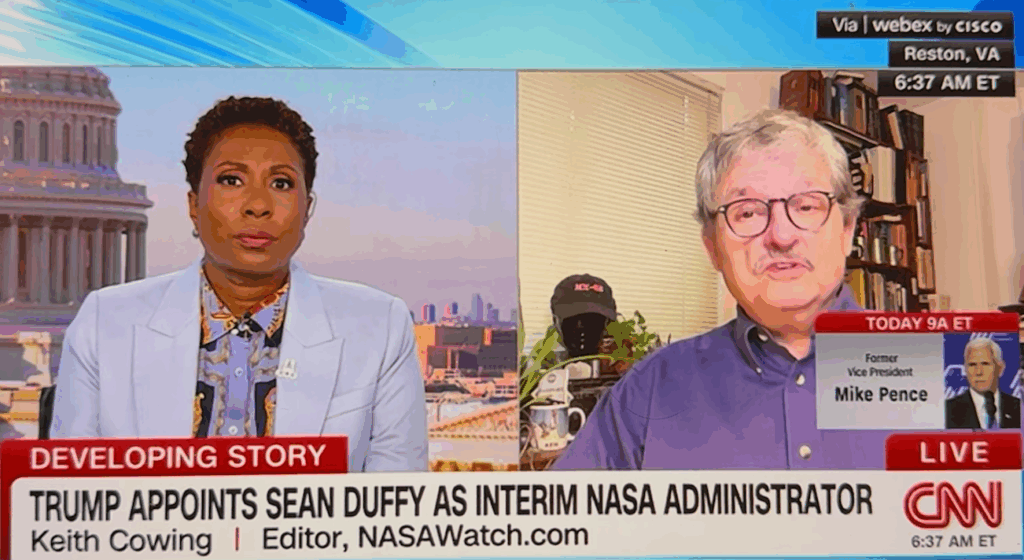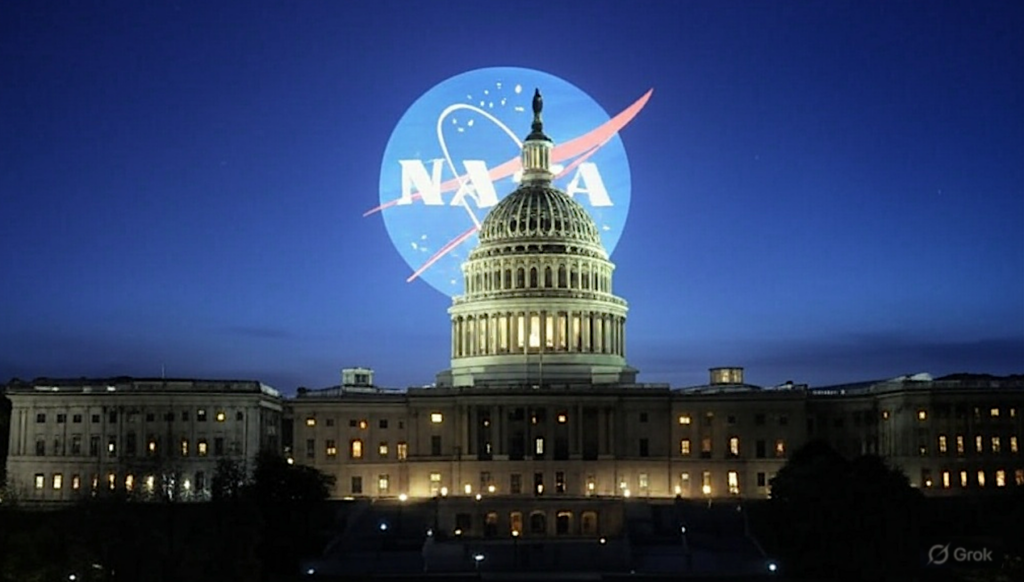NASA Cancels B612 Sentinel Agreement and Then Picks JPL NEOCam

NASA Selects Investigations for Future Key Planetary Mission
“NASA has selected five science investigations for refinement during the next year as a first step in choosing one or two missions for flight opportunities as early as 2020. The submitted proposals would study Venus, near-Earth objects and a variety of asteroids. Each investigation team will receive $3 million to conduct concept design studies and analyses.”
Venus and a bizarre metal asteroid are leading destinations for low-cost NASA missions, Science
“NEOCam competed in the last round of Discovery, but it had some competition from outside NASA: the B612 foundation. The nonprofit organization, dedicated to finding hazardous asteroids, said it would raise private money to build its own space telescope, Sentinel. But B612 has struggled to meet its fundraising goals and scheduled objectives, and, earlier this week, it was reported that NASA had ended a cooperative agreement with B612. Hap McSween, a planetary scientist at the University of Tennessee at Knoxville, says NEOCam’s selection is not unrelated to the end of the B612 agreement. “The choice of NEOCam here is perhaps a reflection of harsh reality,” McSween says. “If this is going to happen, NASA is going to have to pay for it.”
 Keith’s note: Isn’t it a litte odd that the decision to cancel the Space Act Agreement with B612 for its “Sentinel” asteroid hunting mission suddenly came to light on the eve of Discovery mission finalists being announced — and that JPL’s asteroid hunting “NEOCam” mission is among those selected for further work?. These spacecraft even look a lot alike. JPL folks clearly saw Sentinel as competition – even if it was Sentinel team that first pushed the envelope on this whole idea. JPLers were pushing Lindley Johnson and others at NASA HQ to end the Sentinel agreement. At this point Johnson could use all the help he can get given how miserably his organization’s NEO work has been progressing.
Keith’s note: Isn’t it a litte odd that the decision to cancel the Space Act Agreement with B612 for its “Sentinel” asteroid hunting mission suddenly came to light on the eve of Discovery mission finalists being announced — and that JPL’s asteroid hunting “NEOCam” mission is among those selected for further work?. These spacecraft even look a lot alike. JPL folks clearly saw Sentinel as competition – even if it was Sentinel team that first pushed the envelope on this whole idea. JPLers were pushing Lindley Johnson and others at NASA HQ to end the Sentinel agreement. At this point Johnson could use all the help he can get given how miserably his organization’s NEO work has been progressing.
NASA OIG Report: NASA’s Efforts to Identify Near-Earth Objects and Mitigate Hazards (2014)
“The NASA Authorization Act of 2005 required the Agency to implement a “program to detect, track, catalogue, and characterize the physical characteristics of near-Earth objects equal to or greater than 140 meters in diameter” and established a goal of cataloging 90 percent of these objects by 2020. However, even with a ten-fold increase in the NEO Program budget in the past 5 years – from $4 million in fiscal year (FY) 2009 to $40 million in FY 2014 – NASA estimates that it has identified only about 10 percent of all asteroids 140 meters and larger. Moreover, given its current pace and resources, the Agency has stated that it will not meet the goal of identifying 90 percent of such objects by 2020.”
NASA Cancels Space Act Agreement With B612 Foundation, earlier post









Keith wrote: “… it was Sentinel team that first pushed the envelope on this whole idea.”
Sentinel was announced in 2012. NEOCam was put forward as a Discovery mission in 2006 and 2010, and received technical R&D funding in the 2010 round.
There’s some additional information in a Nature news item from June 2015:
http://www.nature.com/news/…
JPL was always seeking full funding from NASA. B612 always sought to use private funding and public participation and to go well beyond the normal way of doing space missions. That’s certainly pushing the envelope.
With the selections, it is now 60% JPL vs 40% Goddard. Anyone want to bet the end ‘winner’ ? Hey, at least its not Mars this time
Fair enough, that is definitely pushing the envelope – and may have influenced the current NEOCam proposal’s open-data policy. [Edit: actually that seems to date back to at least 2009: http://www.lpi.usra.edu/sba…] I read “*first* pushed the envelope on “this whole idea*” as being about pioneering the larger idea of a space-based infrared telescope for NEO detection.
Certainly the two mission proposals are competitors from a technical perspective, though they were not overtly competing for the same source of support. There have, however, been voices arguing that Sentinel should receive NASA support in lieu of the slow-to-materialize private funding.
This paper addresses comparisons of some of the technical issues, notably the orbit design:
http://iopscience.iop.org/a…
Speaking of private benefactors, Nathan Myhrvold has taken an interest in this area and has written a technical paper comparing various NEO detection strategies, including NEOCam and Sentinel:
http://arxiv.org/abs/1506.0…
Ah, man. I hope this doesn’t mean the asteroid mission is going to get picked, because we really need to send another mission to Venus – it’s had a whopping three probes since the 1980s, and the last NASA spacecraft to it ended the mission in 1994.
Honestly, I wish we could do a combo-orbiter and atmosphere balloon probe that could sit in the upper reaches of Venus’ cloud-deck for research, but that might stretch a Discovery Program budget. There’s some interesting chemistry in those clouds, and you’d think a world that in general physical characteristics (size, mass, gravity) actually is a near-twin of Earth would get more attention.
Keith, what sources do you have that would substantiate your claims about this JPL conspiracy to kill the B612 space act agreement?
Multiple sources – and no I am not going to name/reveal them.
Since they did not compete for the same funding, it is hard to see why the projects were considered competitors, though of course such things happen.
Would be nice if that were true. They compete for a reason to exist: if the JPL mission actually happens, donors would rather send their money elsewhere. If the private sector has fully funded an asteroid hunting mission, then it’s government waste for JPL to do so as well.
Of course nevermind that for such an important mission the redundancy of two separate missions run by entirely different organizations could be considered a feature.
That was my thought. It isn’t as though we can’t use more data on possible asteroid impacts with Earth.